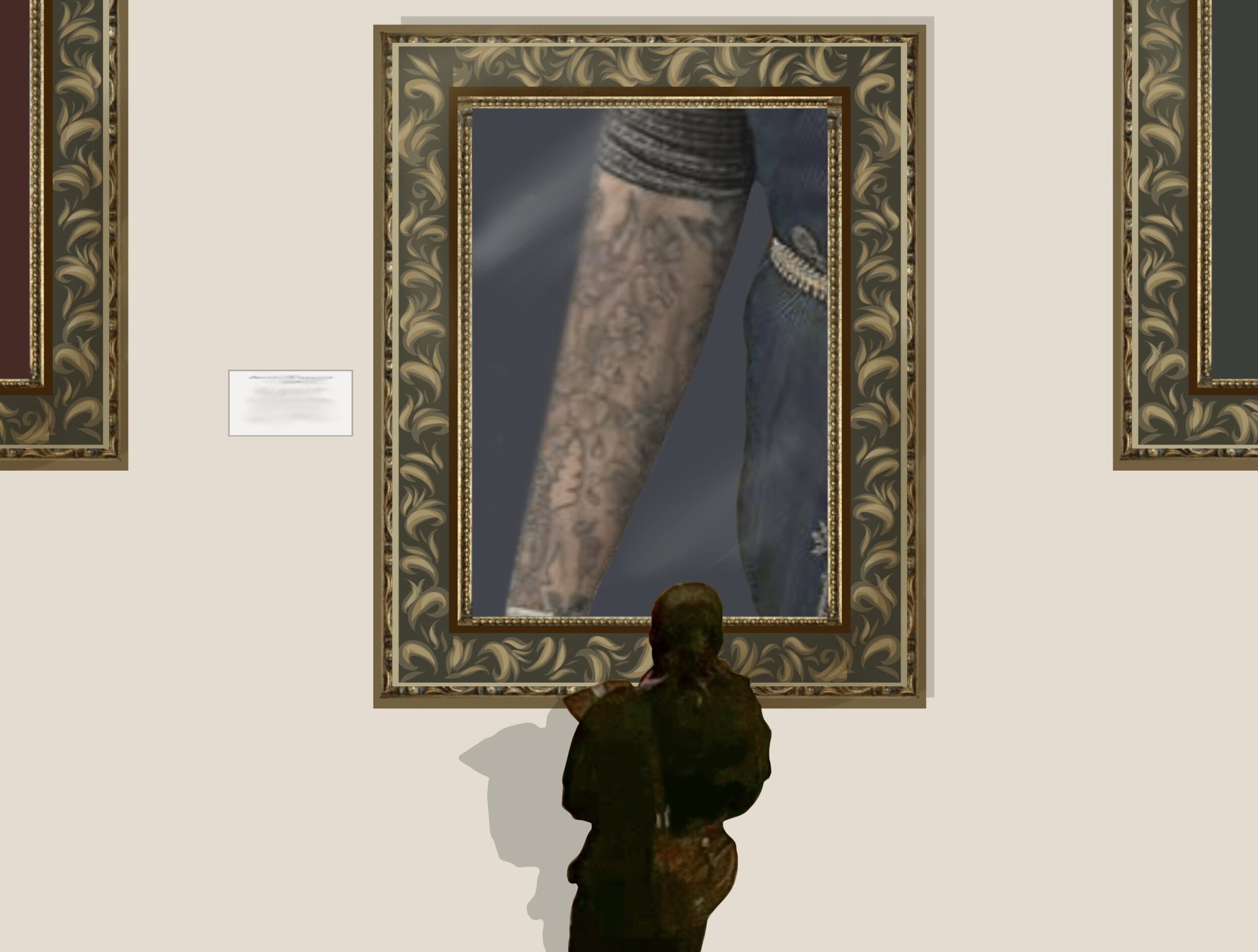The art of tattooing
A look into the history behind tattooing and how it became the art form it is today.
Tattooing has existed for thousands of years in various cultures. One of the oldest proofs of tattooing was found on Ötzi the Iceman, a mummified man who is thought to be 5,300 years old. In ancient times, tattoos resembled dotted lines, diamonds, and patterns that were mainly done with sharpened wooden tools, though recent discoveries have found sharpened turkey legs to be used as well. These original forms of tattooing served various purposes: protection, displaying social status or religious beliefs, and even forms of punishment.
In the 19th and early 20th centuries, tattoos became more popular in the Western world, particularly among groups like sailors, prisoners, and circus performers. These populations were viewed as “deviants” and their ink resulted in tattoos being viewed as bad. This negative connotation began to change in the mid 20th century when musicians, bikers, and other countercultures began getting tattooed as an act of rebellion against the taboo of having tattoos, once again changing how they were viewed by the public.
Today, about one third of all Canadians are tattooed and for many different reasons: as memorials for loved ones and important life events, as conversation starters, and as a form of self-expression by having a piece of art permanently on their body. This is perhaps the greatest change from 19th-century views of tattooing, and rightfully so. Tattooing is not only a matter of artistic ability. It necessitates the transfer of art skills from paper to skin, as well as impeccable sterilization practice to ensure the health and safety of artist and client. Tattoo artists also hold a great deal of responsibility in ensuring they fulfill their clients’ wishes, as their work is permanent on someone else’s body and often holds memories and meaning for the client 2— even if only as a form of self-expression.
The process of becoming a tattoo artist involves lots of time, commitment, and practice. In addition to learning how to use a tattoo machine and work on skin, there are many different tattooing styles, all with their own rules and guidelines. Although some artists will get to a point of specializing in one style, this only comes after learning all of the different styles and how to execute each of them. Some artists go on to work in multiple styles to serve more clients, and thus have to learn and perfect all of them, both in designs and in the finished product on the skin.
Tattooing has evolved enormously over many thousands of years, from cultural meanings to signifying deviance. Rebellion to a widely accepted art form. Not only are they increasingly common for people to have and want, but many big companies have evolved to allow tattoos in their dress code. Despite how normal tattoos are today, it is important to understand their history and evolution over the many years in terms of their purpose, meaning, public perception, and now as a respected art form.

